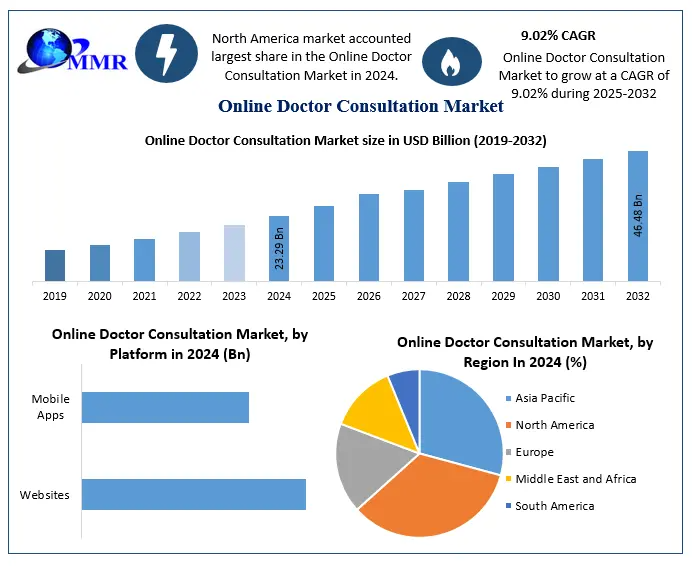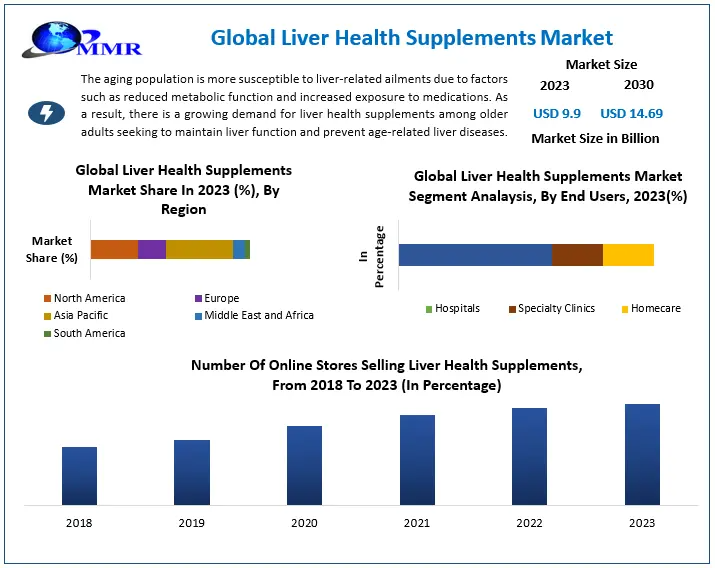Neuropathic Pain Market Set to Surpass USD 13.28 Billion by 2032, Driven by Rising Chronic Disease Prevalence and Therapeutic Advancements
The Neuropathic Pain Market is poised for significant growth, with projections indicating a rise from USD 8.58 billion in 2024 to approximately USD 13.28 billion by 2032, reflecting a compound annual growth rate (CAGR) of 5.6% . This expansion is fueled by the increasing prevalence of chronic conditions such as diabetes, cancer, and neurological disorders, coupled with advancements in both pharmacological and non-pharmacological treatment modalities.
Market Estimation & Definition
Neuropathic pain arises from damage or dysfunction within the nervous system, leading to chronic sensations such as burning, tingling, or hypersensitivity. Unlike nociceptive pain, which results from tissue injury, neuropathic pain is often associated with conditions like diabetic neuropathy, postherpetic neuralgia, and multiple sclerosis. The growing global burden of these conditions underscores the urgent need for effective management strategies, propelling the demand for innovative therapeutic solutions.
Market Growth Drivers & Opportunities
1. Rising Prevalence of Chronic Diseases
The global increase in chronic ailments, particularly diabetes and cancer, has led to a surge in neuropathic pain cases. For instance, diabetic neuropathy remains one of the most common complications of diabetes, affecting a significant portion of the diabetic population. Similarly, chemotherapy-induced peripheral neuropathy is a frequent side effect among cancer patients undergoing treatment .
2. Advancements in Treatment Options
The therapeutic landscape for neuropathic pain has evolved, with pharmaceutical companies focusing on developing novel analgesics and reformulating existing drugs to enhance efficacy and reduce side effects. Non-pharmacological interventions, including neurostimulation techniques, physical therapy, and psychological support, have also gained traction, offering comprehensive pain management approaches .
3. Increased Awareness and Diagnosis
Enhanced awareness among healthcare professionals and patients has led to earlier diagnosis and intervention, improving patient outcomes. Educational campaigns and training programs have played a pivotal role in recognizing neuropathic pain symptoms and initiating timely treatment.
4. Technological Innovations
Emerging technologies, such as wearable devices and telemedicine platforms, have facilitated remote monitoring and management of neuropathic pain, especially beneficial for patients in remote or underserved regions.
Curious to peek inside? Grab your sample copy of this report now:https://www.maximizemarketresearch.com/request-sample/34992/
Segmentation Analysis
The neuropathic pain market is segmented based on drug class, indication, route of administration, and distribution channel:
By Drug Class:
-
Anticonvulsants: Representing a significant market share due to their efficacy in stabilizing nerve activity and reducing pain sensations.
-
Tricyclic Antidepressants (TCAs): Widely used for their analgesic properties, particularly in treating diabetic neuropathy and postherpetic neuralgia.
-
Opioids: Prescribed for severe pain cases, though their use is tempered by concerns over dependency and side effects.
-
Capsaicinoids: Topical agents that provide localized pain relief by desensitizing sensory neurons.
-
Others: Including serotonin-norepinephrine reuptake inhibitors (SNRIs) and topical anesthetics.
By Indication:
-
Diabetic Neuropathy: The most prevalent indication, driven by the global diabetes epidemic.
-
Chemotherapy-Induced Neuropathy: A growing segment due to the increasing number of cancer survivors experiencing long-term treatment side effects.
-
Spinal Stenosis: Chronic back pain conditions contributing to the neuropathic pain burden.
-
Others: Encompassing conditions like trigeminal neuralgia and postherpetic neuralgia.
By Route of Administration:
-
Oral: The most common route, offering convenience and patient compliance.
-
Parenteral: Utilized for rapid pain relief in acute settings.
By Distribution Channel:
-
Hospital Pharmacies: Primary distribution points for inpatient treatments.
-
Retail Pharmacies: Catering to outpatient prescriptions and chronic pain management.
-
Online Pharmacies: An emerging channel, offering accessibility and convenience, especially in the wake of the COVID-19 pandemic.
Country-Level Analysis
United States:
The U.S. dominates the neuropathic pain market, attributed to its advanced healthcare infrastructure, high prevalence of chronic diseases, and robust R&D activities. In 2023, the North American market accounted for USD 3.68 billion, nearly half of the global market share . The presence of key industry players and favorable reimbursement policies further bolster market growth.
Germany:
Germany represents a significant market within Europe, driven by a high incidence of diabetes and cancer. The country’s emphasis on early diagnosis and comprehensive pain management strategies has led to increased adoption of both pharmacological and non-pharmacological treatments. Additionally, Germany’s strong pharmaceutical industry contributes to ongoing research and development in neuropathic pain therapies.
For deeper market insights, peruse the summary of the research report:https://www.maximizemarketresearch.com/market-report/global-neuropathic-pain-market/34992/
Competitive Landscape
The neuropathic pain market is characterized by intense competition, with several key players striving to enhance their market presence through strategic initiatives:
-
Pfizer Inc.: Offers a range of neuropathic pain medications and invests heavily in R&D to develop novel therapies.
-
Eli Lilly and Company: Focuses on innovative treatments and has a strong pipeline targeting various pain indications.
-
Novartis AG: Engages in extensive research to expand its analgesic portfolio, emphasizing patient-centric solutions.
-
Grünenthal GmbH: Specializes in pain management and has introduced several proprietary formulations for neuropathic pain.
-
Teva Pharmaceuticals: Provides generic and specialty medicines, including treatments for neuropathic conditions.
These companies employ strategies such as mergers and acquisitions, collaborations, and product launches to strengthen their market position and address the unmet needs in neuropathic pain management.
Conclusion
The global neuropathic pain market is on an upward trajectory, driven by the escalating prevalence of chronic diseases, advancements in treatment modalities, and increased awareness among healthcare providers and patients. As the market evolves, emphasis on personalized medicine, technological integration, and holistic pain management approaches will be pivotal in shaping future growth. Stakeholders, including pharmaceutical companies, healthcare professionals, and policymakers, must collaborate to ensure accessible, effective, and patient-centered care for individuals suffering from neuropathic pain.
Contact Maximize Market Research:
3rd Floor, Navale IT Park, Phase 2
Pune Bangalore Highway, Narhe,
Pune, Maharashtra 411041, India
sales@maximizemarketresearch.com
+91 9607195908, +91 9607365656



